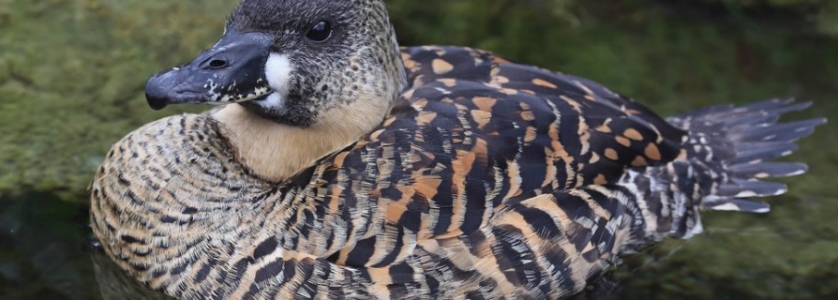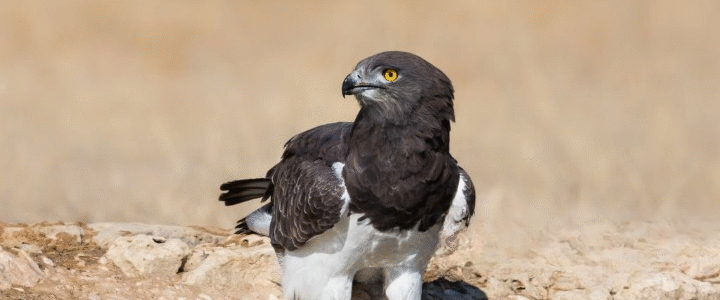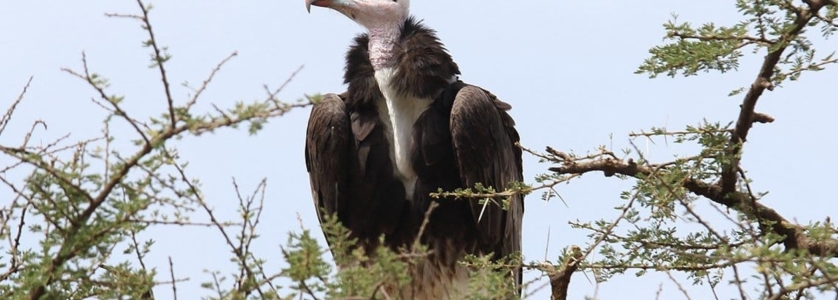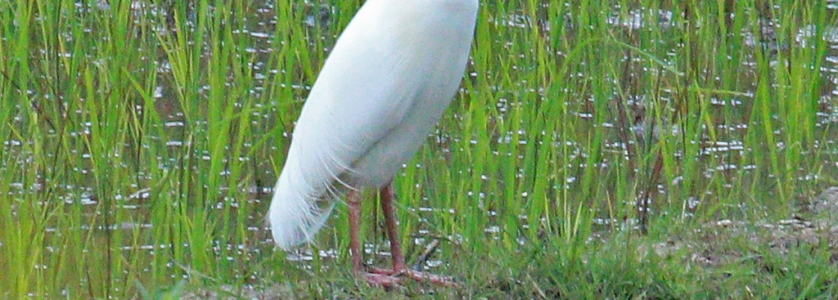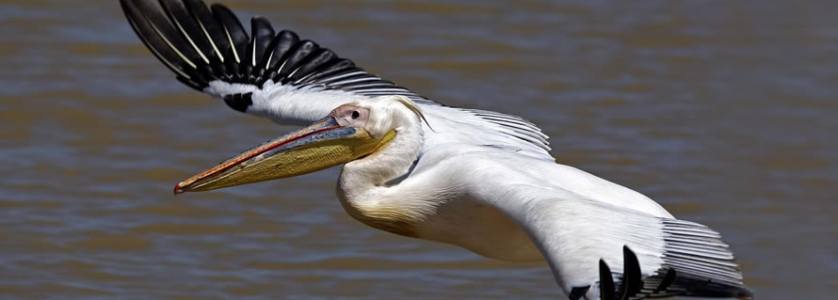

Scientifically known as Gypaetus barbatus, Lammergeier also called the Bearded vulture, is the only member of the genus Gypaetus and a bird of prey. Being identified as Homa or Huma bird in North West Asia and Iran, it is traditionally considered as an Old world vulture hence forming a minor lineage together with the Egyptian vulture of Accipitride.
This bird species is spotted during Uganda birdwatching safaris and it is the vertebrate having a diet consisting of almost exclusively 70 to 90 percent of bones.
Its breeding occurs in mid-winter where the bearded vulture lays one or two eggs in high mountains on crags in Southern Europe, Africa, Tibet, Caucasus and Indian subcontinent hence hatching at the beginning of spring.
During birding safaris in Africa, the bearded vulture can be spotted on birding tours in Uganda, Kenya, Tanzania and other countries.
The distribution and habitat of the Lammergeier Vulture
The beared vulture is sparsely distributed across a wide range hence found within the mountainous regions of Africa and from East Europe to Siberia.
It also has a vast distribution in the Alps, Caucasus, Pyrenees region, Alborz, the Zagros mountains, Altai Mountains, Koh i Baba in Bamyan, Himalayas, Afghanistan, Ladakh in northern India and Central China.
In Africa an isolated population of the Lammergeier dwells in Drakensberg of South Africa. It is found in the Ethiopian Highlands, Atlas Mountains and in East Africa that is from Sudan to Northeastern Democratic Republic of Congo, Northern Tanzania together with central Kenya.
It is commonly seen by birders on Africa birding tours across mountainous areas in Africa.
This vulture bird species is associated with the inselbergs and mountains along with plentiful cliffs, canyons, crags, gorges and precipices hence mostly found near montane grassland, heath, steep sided, high steppe and occasionally around forests.
Physical description of the Lammergeier or Beared vulture
The Lammergeier is a long vulture species measuring in length 94 to 125 centimeters along with a wingspan of about 2.31 to 2.83 meters.
It is a heavy bird species weighing about 4.5-7.8 kilograms and having an average norminate race of 6.2 kilograms hence the female bearded vulture being slightly larger than the male bird species.
This bearded vulture is characterised with long, narrow wings and a wing chord measuring about 71.5 to 91 centimeters. It features a long wedge shaped tail with the length of about 42.7 to 52 centimeters hence the tail being longer than the width of the wing.
Lammergeier is characterised with a relatively small head and a powerful thick neck. This vulture species does not have a bald head like most of other vultures. It bares an elongated slender shape which sometimes appears bulkier due to often hunched back of these birds.
The bearded vulture comprises of large and powerful feet and the adult species bares a rusty and whitish colour but mostly dark grey hence grey-blue to grey black above.
It is charecterised with a creamy coloured forehead which contrasts against a black band across the lores and eyes together with bristles under the chin which form a black bearded from where the species drives its English Name.
Lammergeier bares an orange or rust layer of feathers on its head , leg and breast though its actually cosmetic hence the colouration is a result of dust bathing, mud rubbing on its body and drinking in mineral rich waters. It has grayish wings and tail feathers.
Juvenile species features a dark black brown colour on most of its body comprising of a buff brown breast and maturity occurs at the age of five years. This vulture species is generally a silent bird apart from shrill whistles in its breeding displays together with a falcon like cheek-acheek call made around the nest.
The behavior and feeding with diet of the Lammergeier or Bearded vulture
Bearded vulture mostly feeds on the remains of dead animals hence a scavenger bird species.
Its diet comprises of mammals, reptiles and birds with medium sized ungulates forming a large part of the diet. This bird species leaves the actual meat and specializes in feeding on typically 85 to 90% bone marrow.
Due to Lammergeier having a powerful digestive system, it bites through brittle bones up to the size of a lamb’s femur and swallows whole because of its system quickly dissolving even large pieces.
If the bone is too large to be swallowed by the Bearded vulture, it carries it high in flight to a height of 50 to 150 meters above the ground after which it drops it onto rocks below hence smashing it into smaller pieces and exposing the nutritious marrow.
This skills needs intensive practice and requires seven years for the immature vultures to master it.
Breeding process of the Bearded vulture
During breeding period which occurs between October and July, the bearded vulture species mainly feeds on carrion, limbs of sheep and small mammals. This bird species also feeds on Tortoise, hares, marmots and Rock hyraxes.
The breeding nest is usually constructed by both male and female Lammergeiers. This bird species breeds once per year and it always form monogamous pairs.
Female Bearded vulture lays between 1 to 3 eggs but usually only one chick survives.
The incubation process takes a period of 53 to 60 days and the chicks develop wing feathers strong enough for flight to occur at the age of four months. Sexual maturity is attained between 8 to 9 years in males while in females between 7 to 8 years old.
More posts for you

Over 50 excellent reviews on Safaribookings.
 >
> 